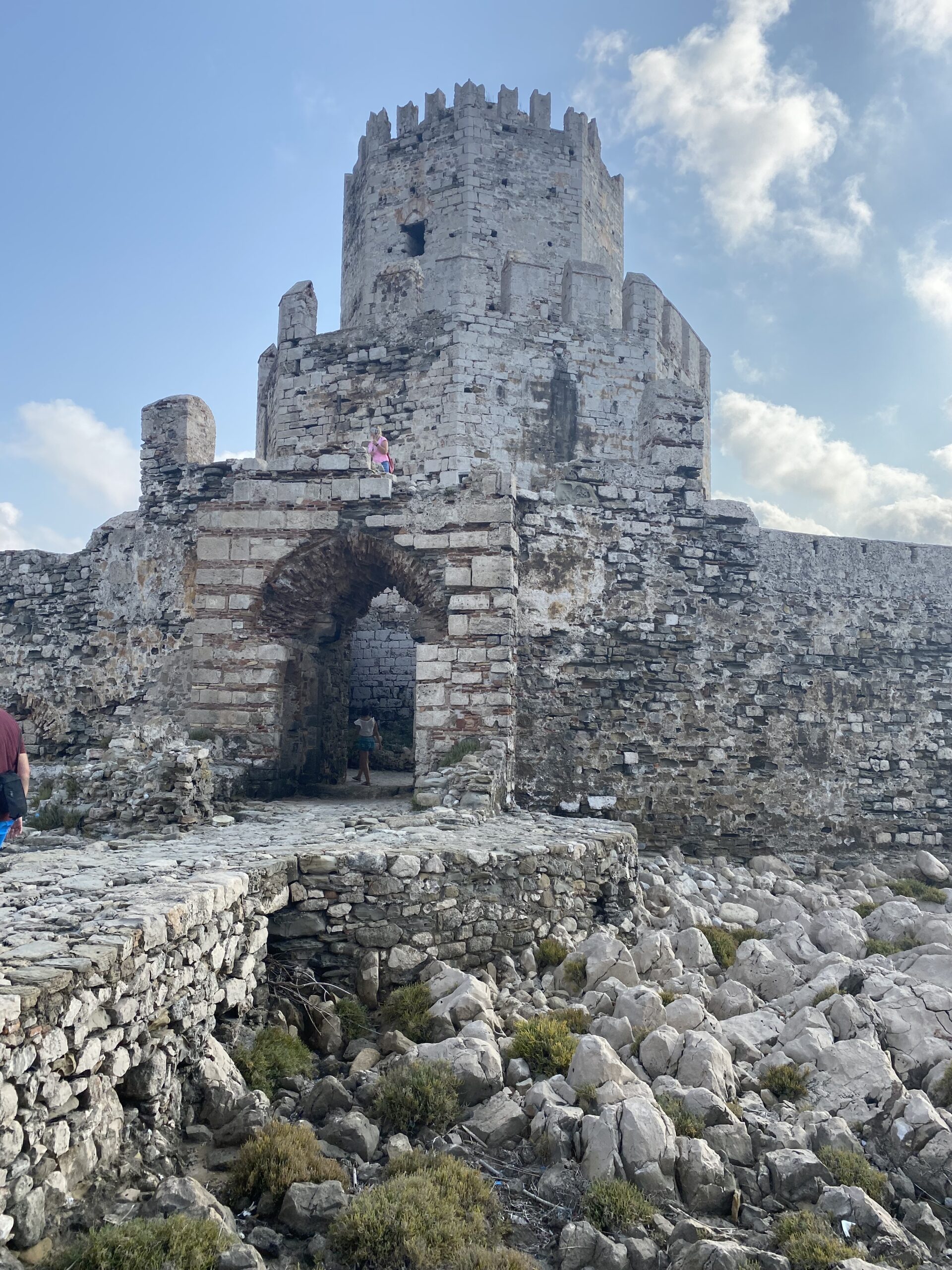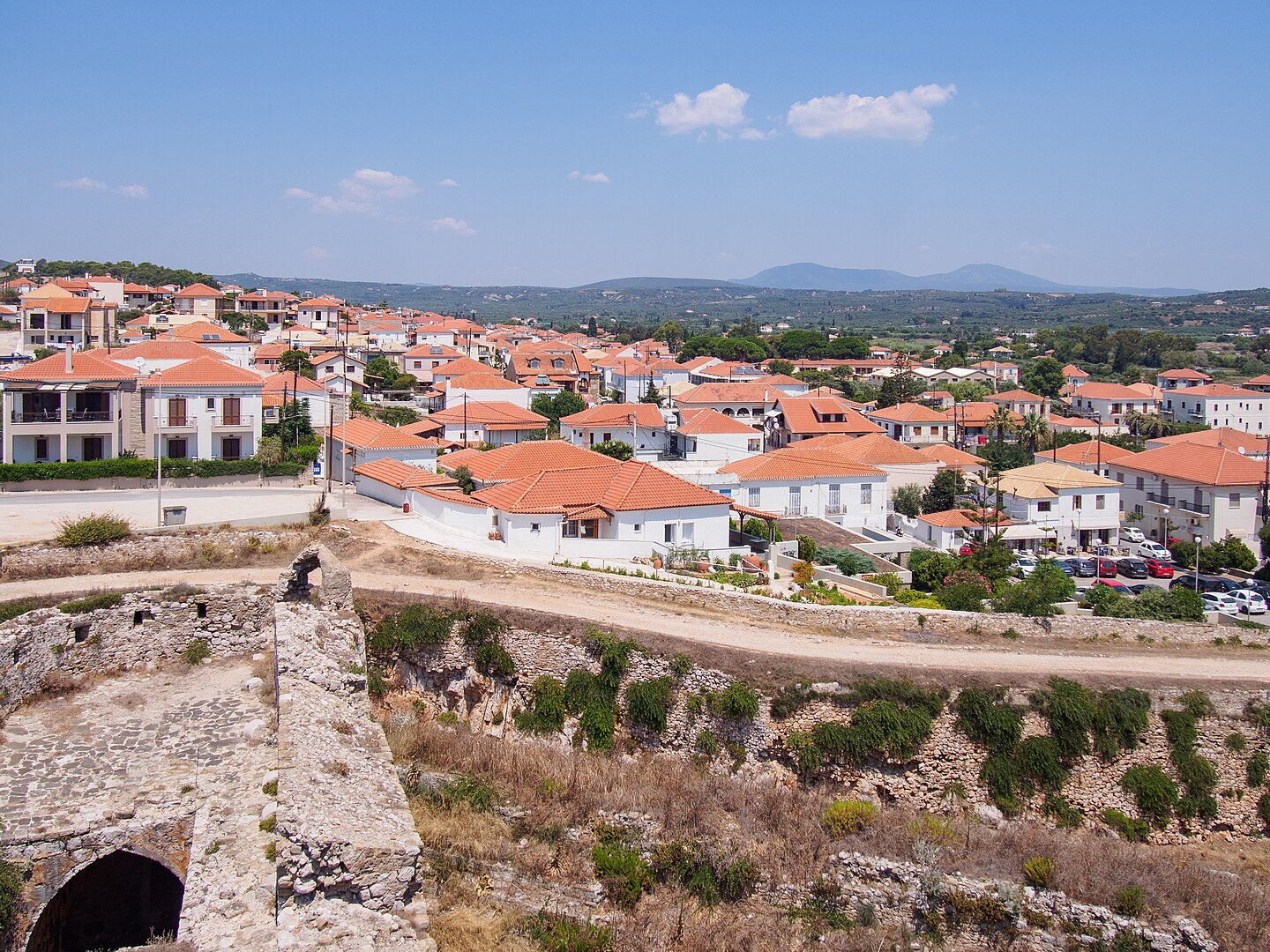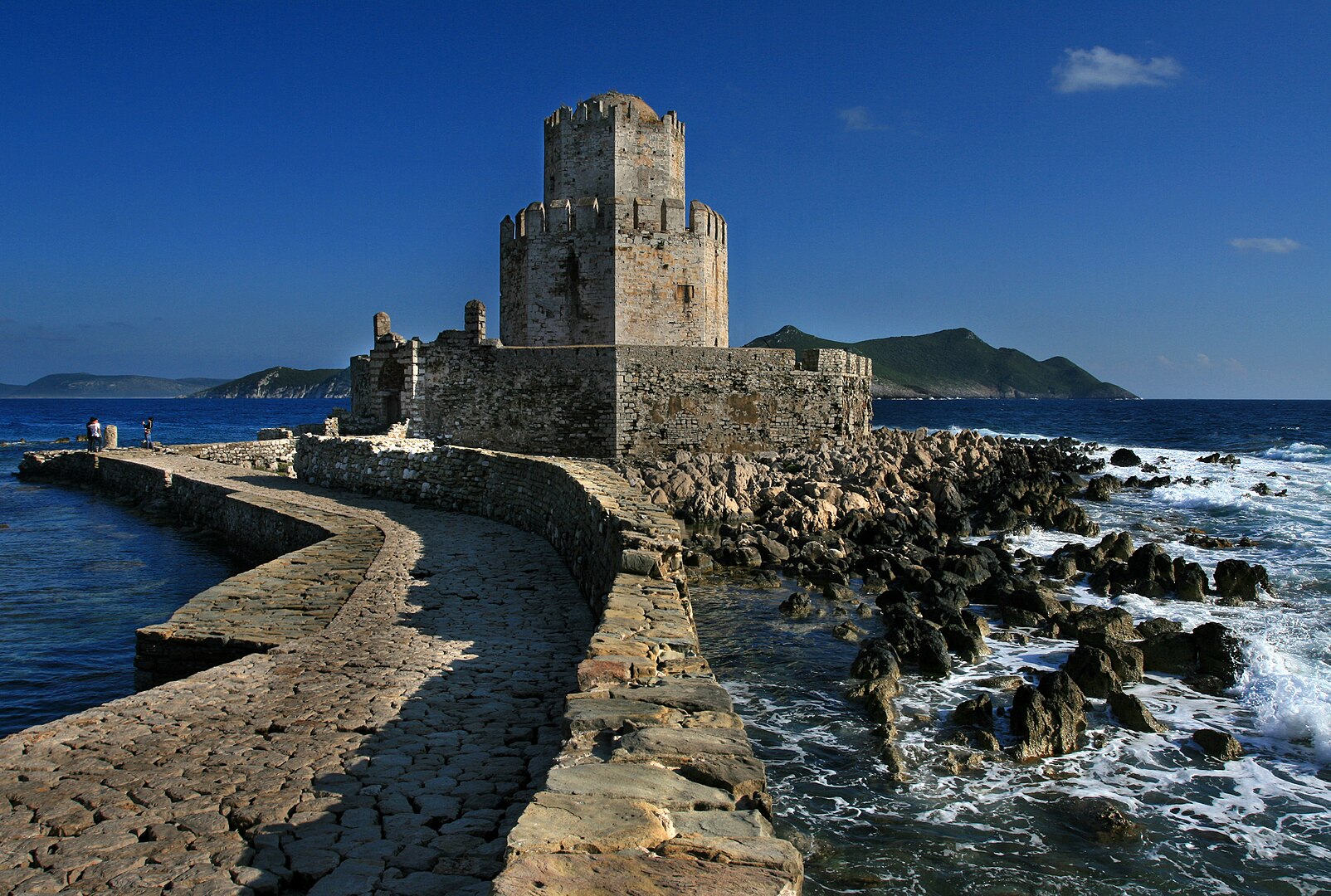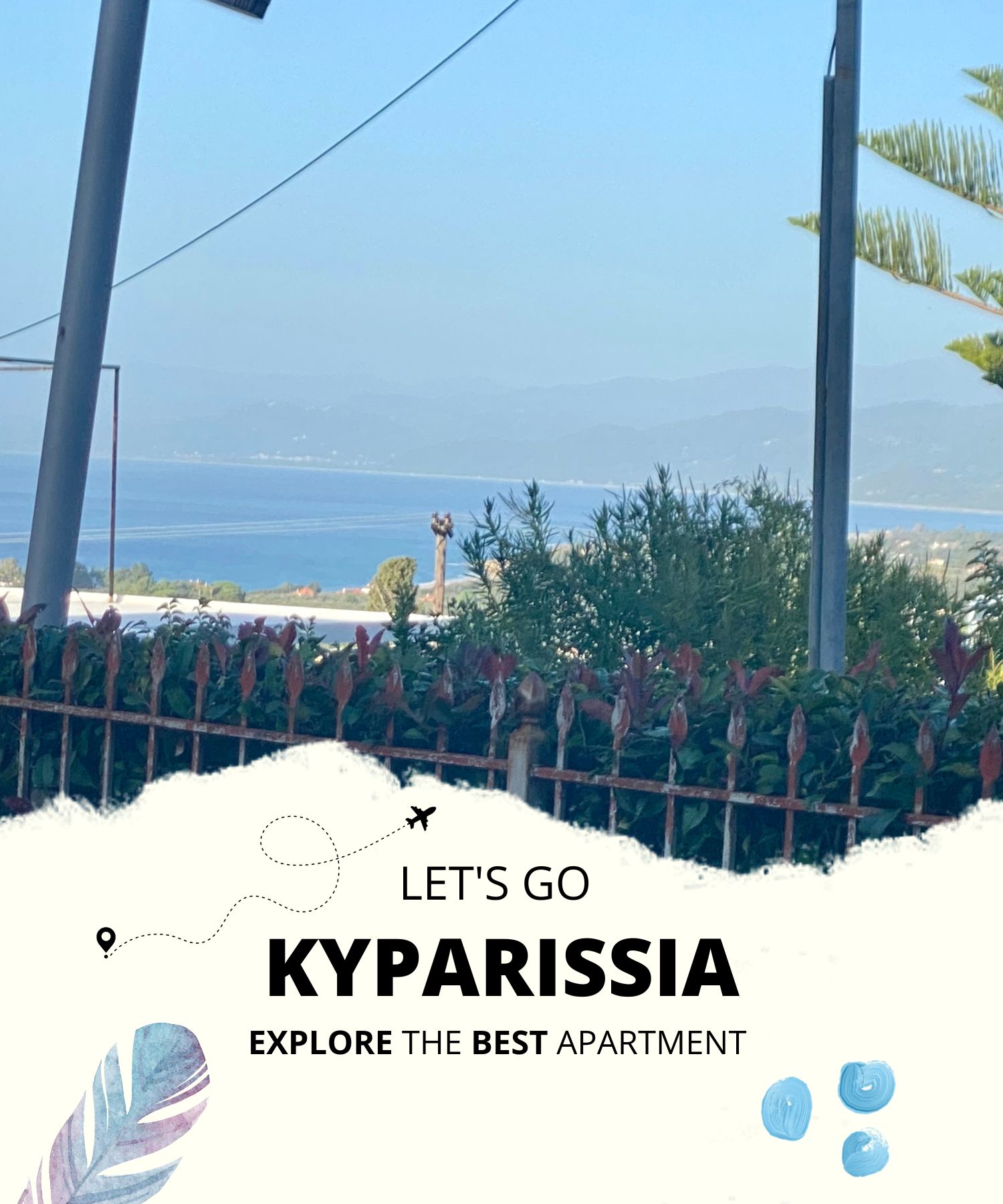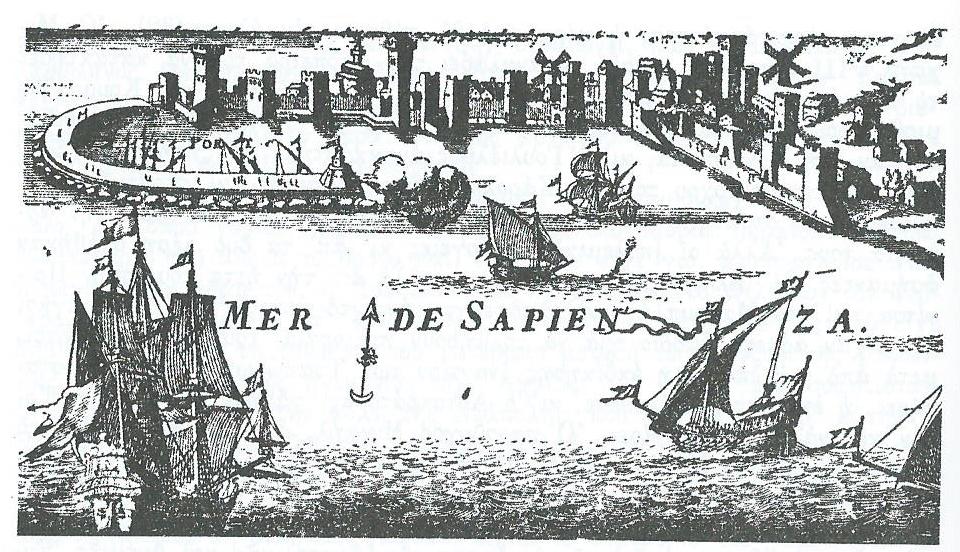
Kyparissia – Methoni: The 62 km route is covered by normal driving in approximately 1 hour and 15 minutes.
Methoni, an ancient city in the region of Messinia in the Peloponnese, is one of the most important archaeological and tourist destinations in Greece.
With its rich history, archaeological heritage and stunning natural beauty, Methoni offers a unique experience to its visitors.
Methoni was an ancient city of the Spartans and was one of the richest and most powerful city-states of ancient Greece. Renowned for its military power and culture, Methoni played an important role in Greek historical events.
The Spartans fought against the Persians at the Battle of Plataea and Methoni was one of the cities that sent an army to defend the freedom of Greece.
The archaeological site of Methoni is one of the most impressive in Greece. Visitors can explore the ancient ruins, including the ancient walls, theater, cemeteries and statuary.
One of the most enlightening sights is the Agora of Methoni, a large open space where the ancient Methoni gathered for commercial and social activities.
Methoni is in a stunning location, overlooking the Messinian Gulf. The area is surrounded by amazing landscapes such as beautiful beaches, green hills and waterfalls.
Visitors can enjoy swimming in the clear blue waters of the Messinian sea and discover the picturesque beaches of the area.
Methoni is also known for its cultural life. During the summer, many festivals are organized in the area, including music events, theater performances and traditional dances.
Visitors have the opportunity to get to know the local tradition and enjoy the authentic Greek culture.
Methoni is a town in the Prefecture of Messinia. It belongs administratively to the Municipality of Pylos-Nestoros, while in the past it was the seat of the municipality of the same name. It has a great historical importance, because, due to its strategic position, it became the bone of contention for the powerful of the times who tried to make it their port.
Methoni Castle is one of the most important in Greece. It was built by the Venetians when they became masters of the city in 1209 AD. It is built on a rock that juts into the sea and is separated from the land by an artificial moat. It has an area of 93 acres. On its north side is the gate made of rectangular ashlars. The castle walls are reinforced at intervals with towers. South of the fortress is the Bourtzi tower, built on a small rocky island south of the castle. It is connected to the main fort by an arched bridge. On the eastern side of the castle there is today a small jetty that is part of the small port of Methoni. The walls, towers, bastions, north-west artillery platform and the various gates of the castle have been dated thanks to the identification of the Venetian gates still in place.
In Homeric times it was called Pedasos. Homer describes her as a vine-dresser. It also mentions the city as the last of the seven favored ptoliethra (beautified cities), which Agamemnon offered to Achilles to appease his wrath. Some argue that Pidasos corresponds to today’s Koroni while Methoni corresponds to the Homeric Aipeia. At the end of the 8th BC. h. was captured by the Spartans. Although most of Messinia was liberated in 370 BC. from the action of Epaminondas, Methoni continued to remain under Spartan rule until 338 BC. whereupon he was released through the intervention of Philip of Macedonia. In 191 BC he joined the Achaean Commonwealth whereupon he gained enough power. The Roman Emperor Trajan granted her autonomy. Parts of ancient fortifications still exist in the surviving walls of the castle. Pausanias mentions that the city was also called Mothoni (from the mythical Mothona stone on which the city’s castle was located) or from Oineas’ daughter Mothoni.
The city flourished during the Byzantine Empire. Since the 4th century it has been the seat of the Diocese of Methoni which was preserved until 1837. The Venetians had visions for the port of Methoni as it was in a position of strategic importance for their commercial interests. After the first collapse of the Byzantine Empire, in 1204 the Venetians claimed the ports of Methoni and Koroni on their behalf. Their sovereignty over the two cities of Messinia was ratified in 1209 by signing an agreement with the ruler of the Peloponnese at the time, Godefroid Villeardouinos. The Venetians fortified Methoni and turned it into an important commercial center. The area experienced considerable prosperity and was an important intermediate station between Venice and the Holy Land. The city was then called Modon and kept this name until the 19th century.
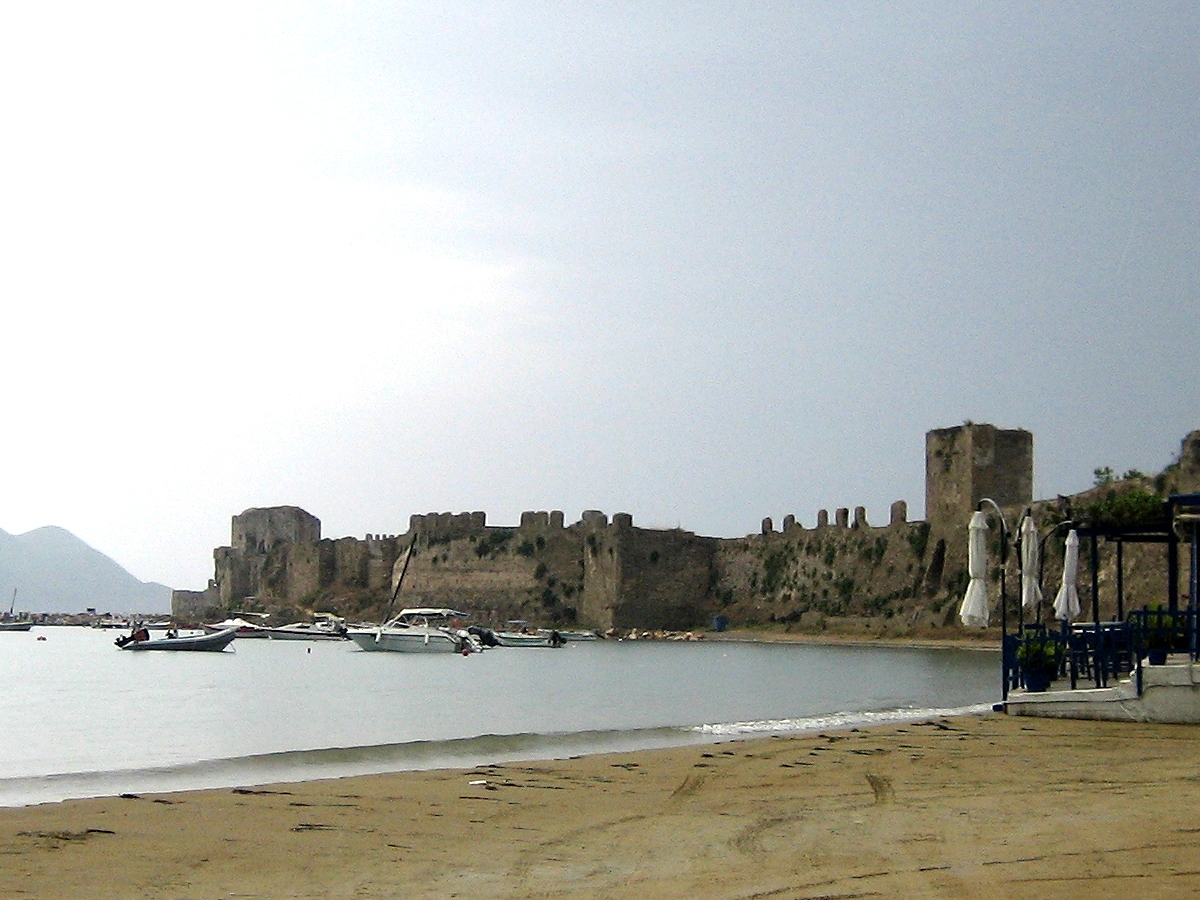
In 1490 Sultan Bayezid II gathered forces and besieged Methoni which finally fell in 1500 AD. A massacre by Bayezid’s janissaries ensued and the city’s population was decimated. In order to repopulate the city, the Sultan ordered families from different parts of the Peloponnese to come and settle in it. In 1686 the city was captured by the Venetian admiral Francesco Morosini. The city, like the entire Peloponnese, remained in the possession of the Venetians until 1715, when the Ottomans regained the area. During the second Turkish occupation, the city declined. 19th century travelers who passed through the area report a picture of abandonment and decay.
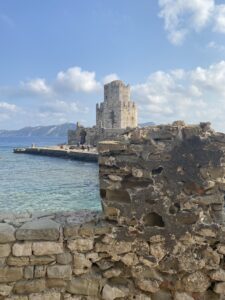
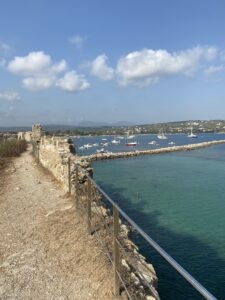
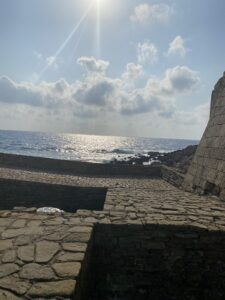
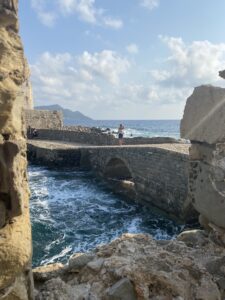
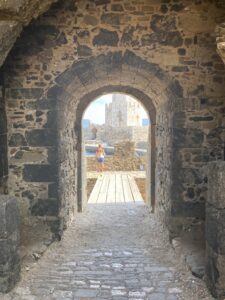
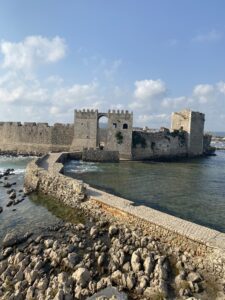
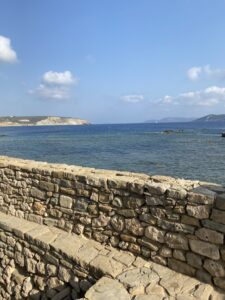
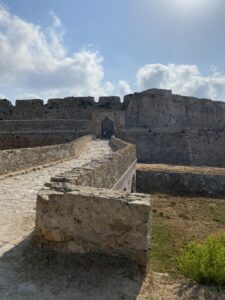
During the Revolution of 1821 the city was besieged by the revolutionaries who failed to capture it due to the strong resistance of the fortified Ottoman population. In 1825, Ibrahim Pasha settled in it, who settled in the command post above the entrance of the castle. The city in the following years was a stronghold of the Egyptians. On October 7, 1828, Methoni was liberated by the French troops of the Morea campaign led by Marshal Maizon.
After its liberation, from the spring of 1829, the French began the construction of the modern city of Methoni outside the castle walls. The Kapodistrian coeducational school of Methoni was also founded in February 1830 by the governor of independent Greece, Ioannis Kapodistrias. The city today is rich in ancient monuments, as well as Byzantine, Venetian and Turkish: churches, mosques, fortifications. Great is its castle, which was built by the Venetians and is surrounded by the sea.
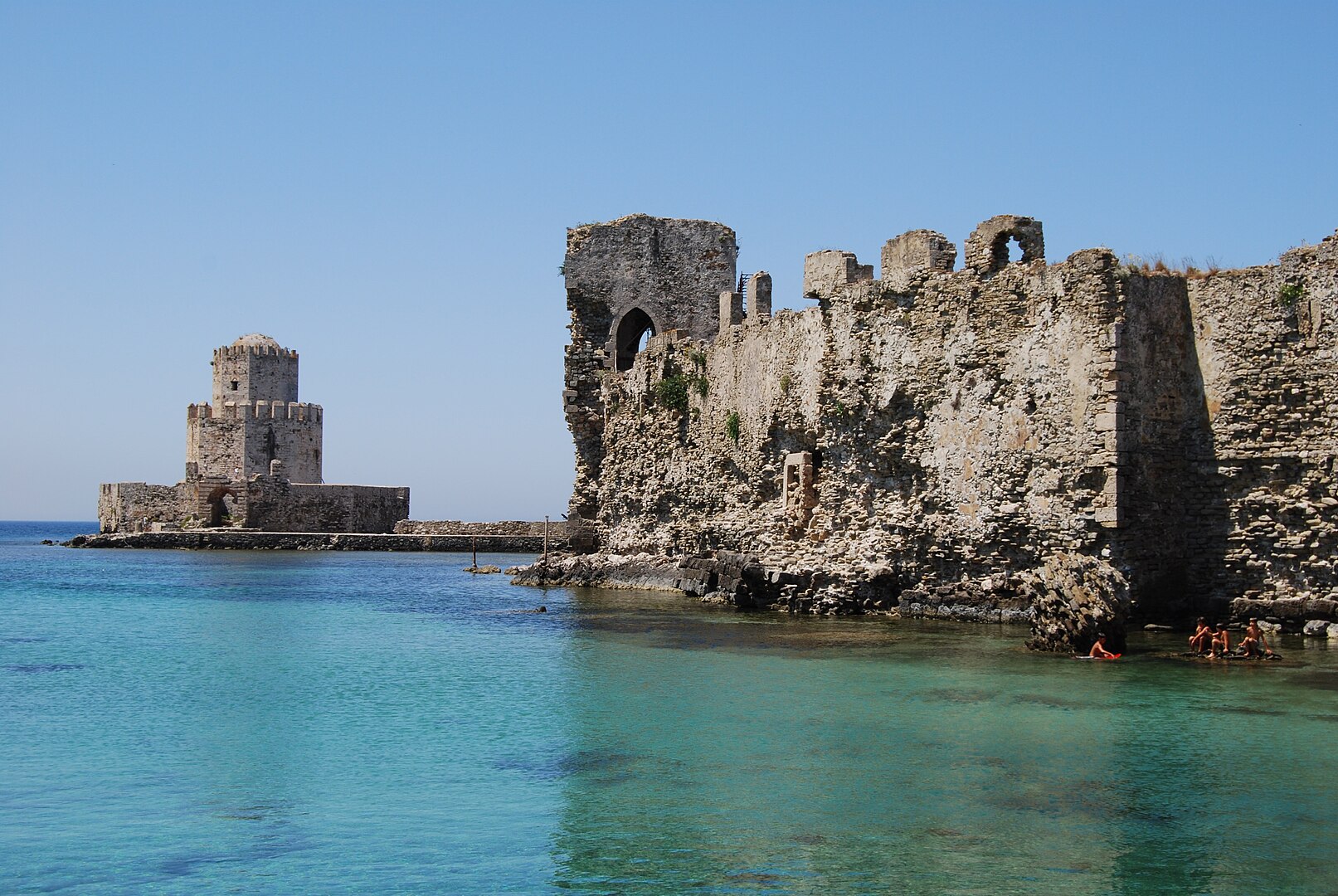
Flyax CC BY-SA 3.0 The entire settlement of Methoni has been characterized as traditional. According to the ministerial decision “it is one of the first post-revolutionary settlements united on the basis of a plan, on the other hand it has not undergone significant changes since then, it preserves the architectural characteristics of the buildings of the southern Peloponnese, during the past century and is the appropriate environment of the medieval fortress , which rises on its southwestern edge”.
The urban plan of modern Methoni follows the pattern of the cities of the Ionian Islands and the French cities of southwestern France. It was actually designed by the French engineer lieutenant colonel of the Morea Campaign, Joseph-Victor Audoy. This plan was approved by the governor Ioannis Kapodistrias on May 4, 1829 and is thus the first city planning plan in the history of the modern Greek state.
In Methoni there is a co-educational school, which was one of the first schools built in the newly founded Greece (in March 1830), by the decision of Kapodistrias. It was the first school in the Peloponnese that was built to be co-educational. Its construction site was indicated by Kapodistrias himself when he visited Methoni in the spring of 1829. The Kapodistrian school operated until 1935/6, when it was abandoned, and in 1940 it was sold to a private individual. It was classified as a historical monument in 1951 and its expropriation was completed in 2001. In 2015, its restoration was completed. On Kapodistria Street there is an arched bridge, which was built at the beginning of the 20th century. It has been classified as a historical monument and a work of art.
In Syngrou Square, on the main road, near the entrance to the castle, there is a Venetian well. The well was built in the 2nd Venetian period (1686-1715), it has a diameter of 2.6 m, a depth of 4 meters and three steps with a diameter of 3.10 m made of sandstone slabs around the perimeter. This well, together with another one near the bridge at the entrance of Methoni, have been classified as historical monuments.
The Girls’ School building, known as the “Sygrou” School, donated by Andreas Sygrou, built in Sygrou Square, is a school building of the so-called Kallia type and has been designated as a monument. It is the smallest variant of this type of school building – single-story – and was built in 1901. It continued to be used as a building for the Methoni Primary School until December 1941. Then it was requisitioned by the Occupation Forces. After the occupation it was abandoned and in January 1953 it was used by the church as a Parish Library until 1959. From 1959 to 1970, 2 classes of the Methoni High School were housed there. Again it was abandoned. In 1980, it was housed and operated as a kindergarten until 2004. From 2004 until today, it is used by the cultural association of Methoni. The building has been included in the E.S.P.A. program. for restoration and will be used for cultural purposes.
The early Christian teacher cemetery of Agios Onofrios, unique of its kind for the whole mainland Greece, is located on the slope of the mountain of Agios Nikolaos north of Methoni. It was probably founded in the 4th century and was in use until the 6th, while much later (12th-13th centuries) its space was used as a hermitage and frescoed. The early Christian cemetery is carved out of the natural porolite rock, consists of six chambers and encloses on the one hand arcosoli, which open on the sides of the chambers and on the other hand pit graves that have been dug on the ground. At the height of the genesis of the arches of the arcosols small niches are opened for the deposit of lamps, and on the sides of the chambers there are seats and banks of offerings, structures connected with the funerary cult. The roof of the chambers is horizontal and the arcosoles have the form of relatively high blind arches. The walls were originally covered with frescoes, few examples of which are visible today. During the late Byzantine times, the cemetery had been turned into a hermitage. Then a wall was built in front of the first chamber, which was additionally decorated with new frescoes, only a few parts of which survived. Characteristics such as the rapid arrangement of the chambers, the types of tombs and the presence of religious structures connect the cemetery of Agios Onufrios with the early Christian catacombs of Milos, as well as of Lower Italy and Sicily.


